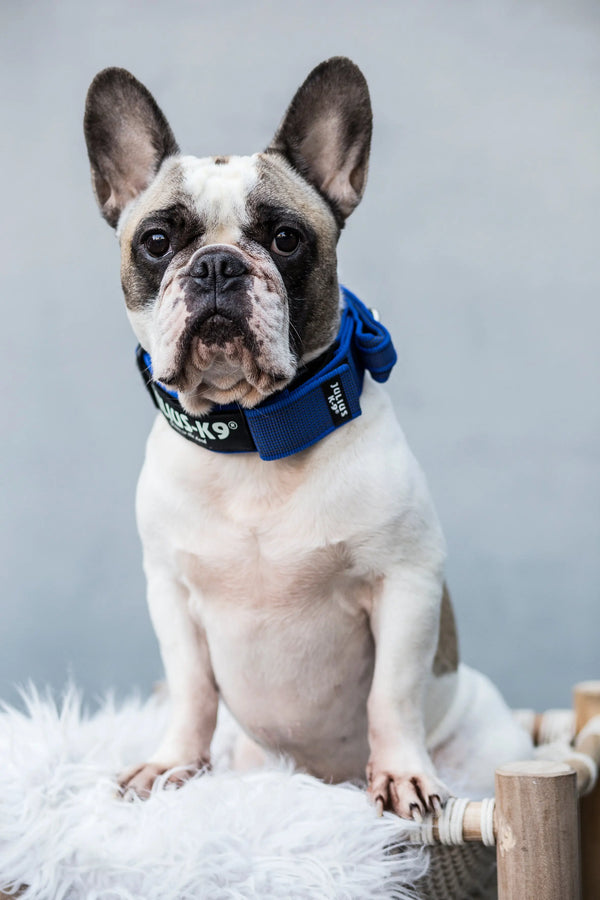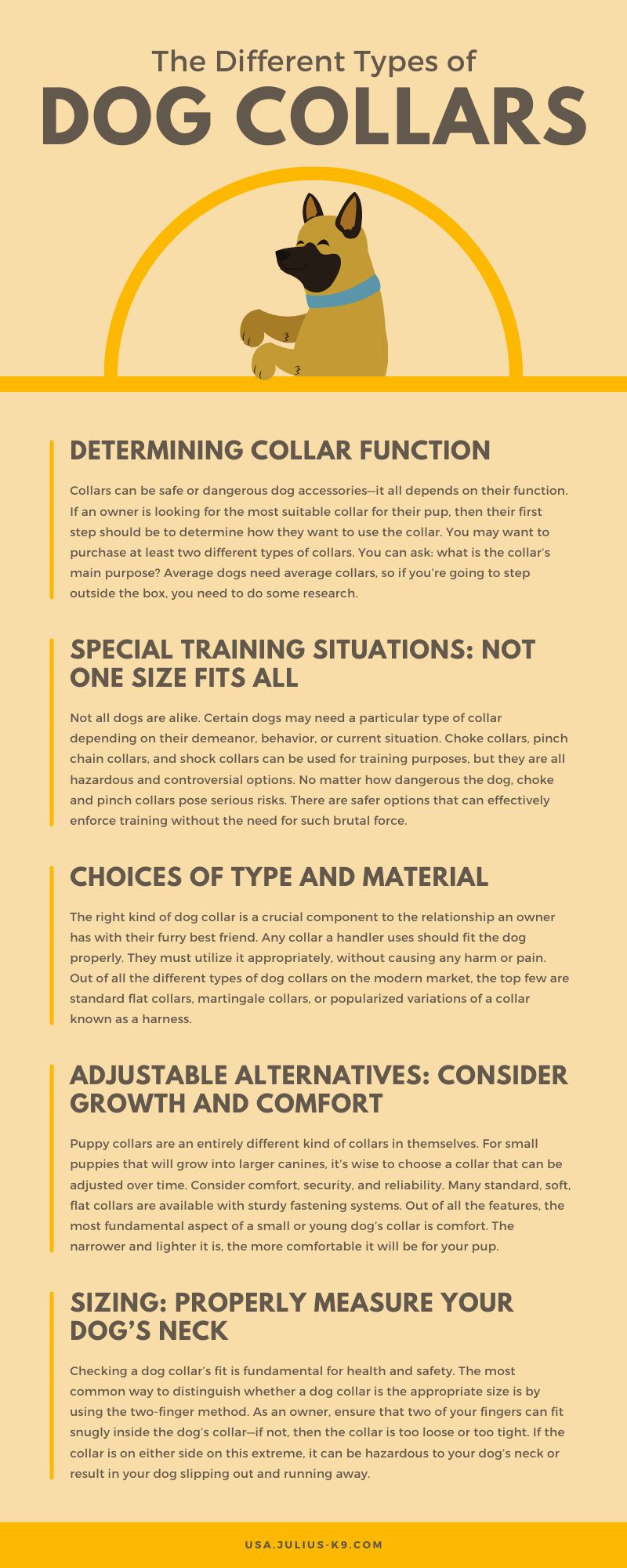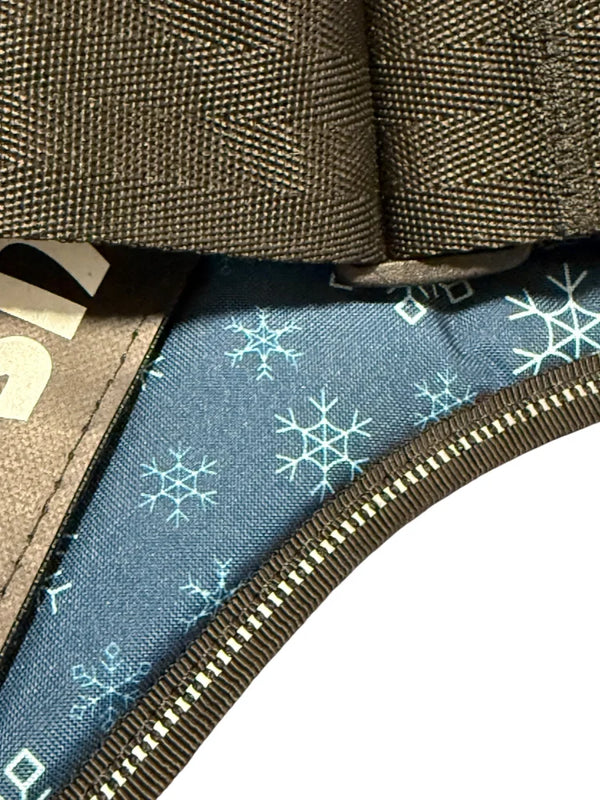
The Different Types of Dog Collars
Scientists today maintain the belief that our modern canine friends originate from a descendant line of ancient wolves. Former research suggests that early human hunters domesticated dogs thousands of years ago. In ancient times, humans and early canines began to form a relationship that would develop toward what we know and cherish today. While plenty of theories are out there, no one knows exactly how dogs were tamed. We only that they were the first animal to become humans’ domestic pets over time.
Ancient Egyptians are the people said to have created and utilized the first dog collars, as depicted in ancient art and pictures. The ornate decorations on these collars revealed the owner’s status and worth. Over time, dog collars became less known as only an accessory. More people regarded them as a functional and valuable tool. Ancient Greeks and Romans began using dog collars as specific means of protection and job identification by design.
As dogs became less of a luxury and more commonplace throughout the ages, dog collars became more and more diverse in their function, design, and material. This is why there is such a wide variety available today. Let’s take a closer look at the different types of dog collars and how their designs make them distinct from one another.
Determining Collar Function
Collars can be safe or dangerous dog accessories—it all depends on their function. If an owner is looking for the most suitable collar for their pup, then their first step should be to determine how they want to use the collar. You may want to purchase at least two different types of collars. You can ask: what is the collar’s main purpose? Average dogs need average collars, so if you’re going to step outside the box, you need to do some research.
Special Training Situations: Not One Size Fits All
Not all dogs are alike. Certain dogs may need a particular type of collar depending on their demeanor, behavior, or current situation. Choke collars, pinch chain collars, and shock collars can be used for training purposes, but they are all hazardous and controversial options. No matter how dangerous the dog, choke and pinch collars pose serious risks. There are safer options that can effectively enforce training without the need for such brutal force.
A head collar may be a good option for stubborn, strong, or energetic dogs that pull on the leash. With a design principle similar to a horse bridle, the halter or strap of this collar goes around the dog’s muzzle to easily allow for an owner to control and physically redirect their dog while on walks. Since the owner has more leverage and can easily grab their dog’s attention, training becomes more effective. Head halters may look a bit kinder than a choke or pinch collar, but owners must use them properly to prevent injury. Handlers must use these collars as tools, with the proper awareness and mindset.
Choices of Type and Material
The right kind of dog collar is a crucial component to the relationship an owner has with their furry best friend. Any collar a handler uses should fit the dog properly. They must utilize it appropriately, without causing any harm or pain. Out of all the different types of dog collars on the modern market, the top few are standard flat collars, martingale collars, or popularized variations of a collar known as a harness.
A basic flat collar comes in an assortment of materials such as nylon, leather, or cloth, and features many kinds of buckles, embroidery, colors, and patterns. These are the gold standard of collars for everyday use. Martingale collars are similar. They are the perfect solution for dogs that tend to slip out of their collars. With an additional loop, these “limited slip” collars provide comfort and safety alongside a boosted level of control.
Dog harnesses are not collars, but many people consider them an alternative to traditional collars. Harnesses may be a better choice for working dogs, training dogs, or smaller toy breeds with fragile necks that shouldn’t wear a collar too often. Learn more about the types of dog harnesses here.
Adjustable Alternatives: Consider Growth and Comfort
Puppy collars are an entirely different kind of collars in themselves. For small puppies that will grow into larger canines, it’s wise to choose a collar that can be adjusted over time. Consider comfort, security, and reliability. Many standard, soft, flat collars are available with sturdy fastening systems. Out of all the features, the most fundamental aspect of a small or young dog’s collar is comfort. The narrower and lighter it is, the more comfortable it will be for your pup.
Sizing: Properly Measure Your Dog’s Neck
Checking a dog collar’s fit is fundamental for health and safety. The most common way to distinguish whether a dog collar is the appropriate size is by using the two-finger method. As an owner, ensure that two of your fingers can fit snugly inside the dog’s collar—if not, then the collar is too loose or too tight.
If the collar is on either side on this extreme, it can be hazardous to your dog’s neck or result in your dog slipping out and running away. Measure your dog’s neck for its proper collar size. Use a soft tape measure around its neck and add an inch or two to that number for a good length.
If you are currently searching for high-quality K9 dog collars to fit your dog, you’ve come to the right place. Here at Julius K9, our dog collars are made with comfort, durability, and function in mind. With years of production experience, our collars are designed to be sturdy, easily adjustable, and charming. Our collars are also vital tools for training and walking a wide range of dogs. Whatever your personal or professional circumstances are, these collars are surely a beneficial option to purchase for your own canine companion. Browse through our various dog products today—we even have harnesses, leashes, and accessories to match!




